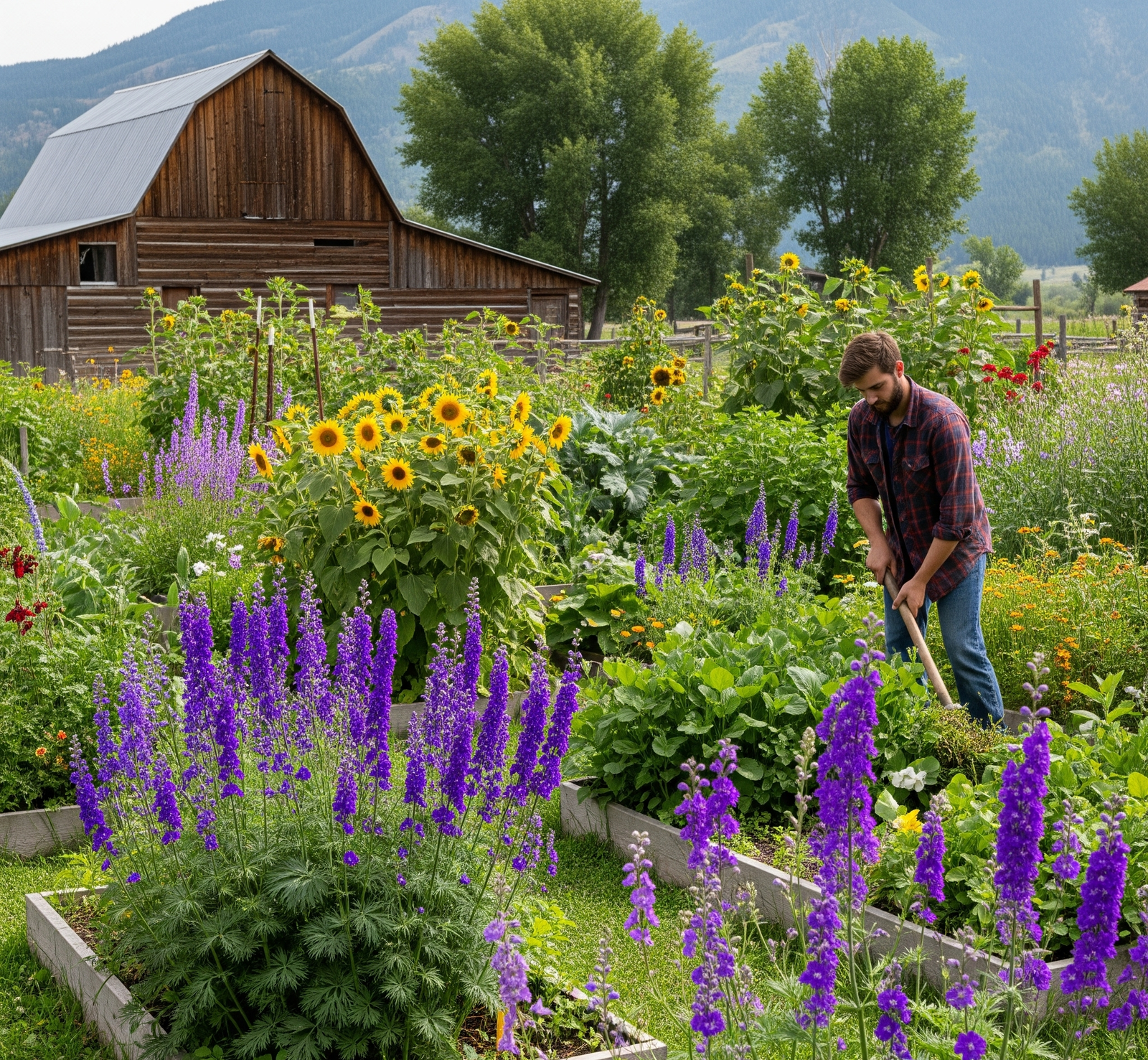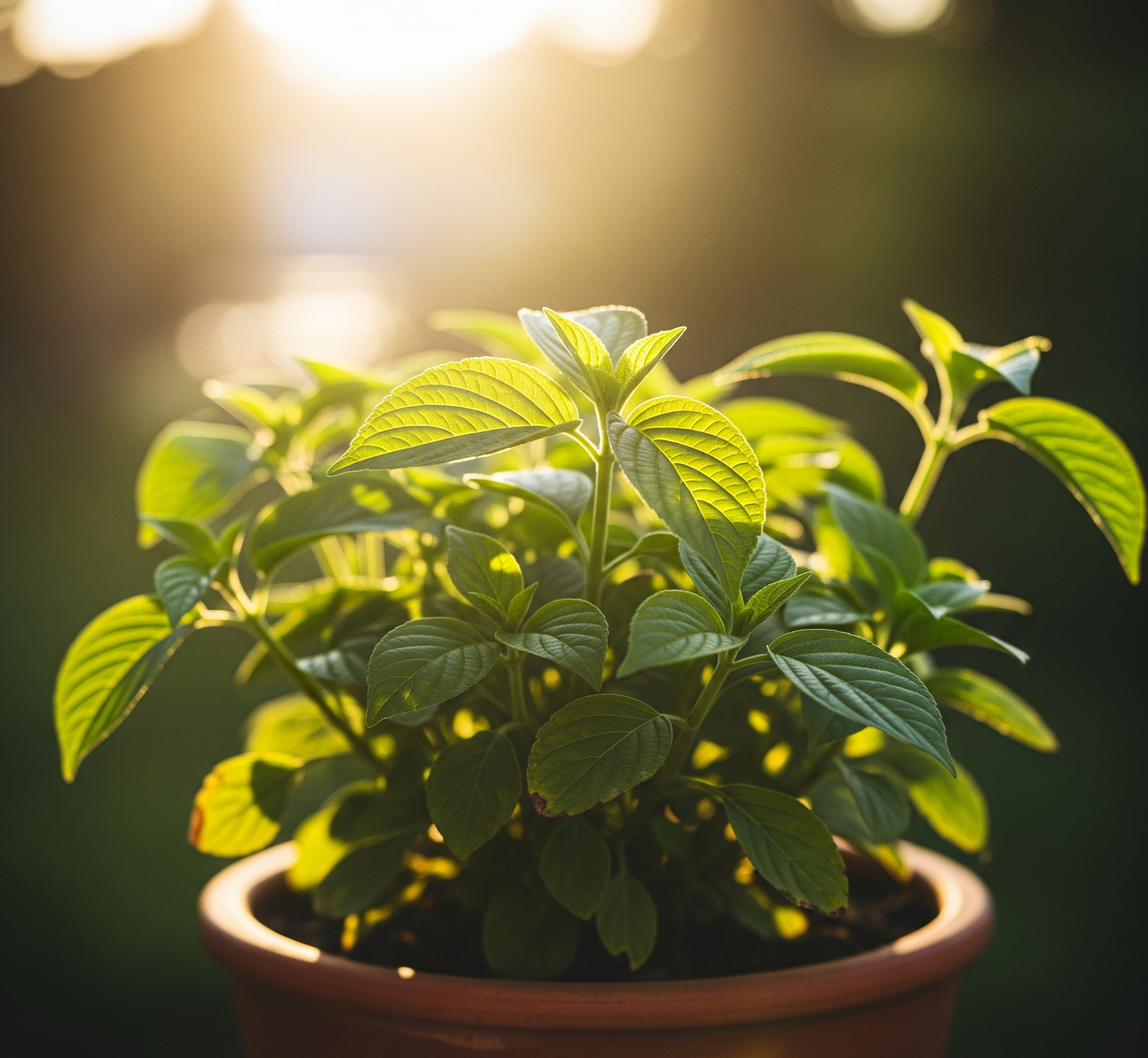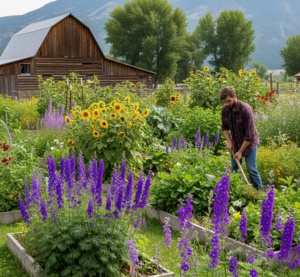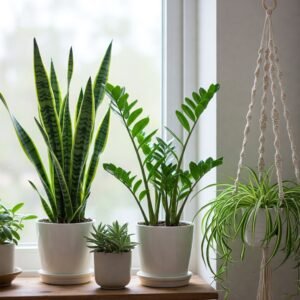How to Grow Coriander at Home
Coriander, widely known as cilantro in some regions, is a versatile herb that brings a unique, zesty flavor to diverse cuisines. Growing coriander at home is both rewarding and cost-effective, ensuring a steady supply of fresh herbs for your favorite recipes.
Growing Coriander Hydroponically
Growing coriander hydroponically provides a soil-free alternative that yields excellent results year-round. To set up a hydroponic system for coriander:
- Choose a suitable hydroponic setup – deep water culture systems work well for herbs
- Maintain a pH level between 5.5 and 6.5
- Use a nutrient solution specifically formulated for leafy greens and herbs
- Start with coriander seeds or seedlings, securing them in net pots with growing medium
- Ensure proper lighting (14-16 hours daily) if growing coriander indoors
- Maintain water temperature between 65-75°F (18-24°C)
Hydroponic growing eliminates soil-borne diseases and often results in faster growth, making it an excellent method for growing coriander at home efficiently.
Preventing Bolting
One of the biggest challenges when growing coriander from seeds is premature bolting (flowering). Preventing coriander from bolting requires attention to several factors:
- Temperature control: Coriander prefers cooler temperatures between 50-85°F (10-29°C)
- Regular harvesting: Frequent light harvesting delays flowering
- Partial shade: During hot summer months, provide afternoon shade
- Succession planting: Sow new seeds every 2-3 weeks for continuous harvest
- Choose slow-bolting varieties: Some of the best coriander varieties are bred specifically to resist bolting
If you notice your plants beginning to form tall central stems, harvest immediately as the flavor changes once bolting begins.
Container Gardening
Growing coriander in containers is ideal for small spaces, as it allows for better control over growing conditions. For successful container cultivation:
- Select containers at least 6-8 inches deep with drainage holes
- Use the best soil for coriander – a well-draining potting mix with compost
- Space seeds about 1 inch apart and cover lightly with ¼ inch of soil
- Keep soil consistently moist but not waterlogged
- Place containers where they receive 4-6 hours of morning sunlight, meeting the sunlight requirements for coriander
- Consider growing coriander indoors near a south or east-facing window
Container gardening makes it easier to move plants to optimize light and temperature, which is crucial for growing coriander at home successfully throughout the changing seasons.
Attracting Beneficial Insects
When learning how to care for coriander plants, incorporating natural pest management is essential. Coriander flowers attract beneficial insects that help control garden pests:
- Ladybugs and lacewings prey on aphids, which are common pests and diseases of coriander
- Parasitic wasps help control caterpillars and other larvae
- Hoverflies are attracted to coriander flowers, and their larvae eat aphids
- Bees and other pollinators improve overall garden health
Allow some coriander plants to flower to attract these helpful insects. This natural approach reduces the need for pesticides and creates a balanced ecosystem in your garden.
Companion Planting
Strategic companion planting enhances your success when figuring out how to grow coriander at home. Coriander grows well alongside:
- Anise
- Dill
- Chervil
- Carrots
- Potatoes
- Spinach
Avoid planting coriander near fennel, as they can cross-pollinate and affect the flavor of both. Companion planting not only maximizes garden space but also creates synergistic relationships that improve growth and deter pests.
Harvesting and Storage
Knowing when and how to harvest is a crucial aspect of growing coriander at home. For harvesting coriander leaves, wait until plants are 6-8 inches tall, then:
- Cut outer stems first, allowing inner growth to continue
- Use sharp scissors to avoid damaging the plant
- Harvest in the morning when essential oils are most concentrated
- Take no more than one-third of the plant at once
For storing coriander, you have several options:
- Refrigerate fresh stems in a glass of water covered loosely with a plastic bag
- Wrap leaves in slightly damp paper towels in a plastic bag
- Freeze chopped leaves in ice cube trays with water or oil
- Dry seeds for use as a spice
Common Issues
Even experienced gardeners encounter challenges when learning how to grow coriander at home. Here are solutions for common issues gardeners face with coriander growth:
- Yellowing leaves: Often indicates overwatering or poor drainage
- Leggy growth: Insufficient light; move to a sunnier location
- Slow growth: Check soil nutrients and temperature
- White powdery coating: Likely powdery mildew; improve air circulation and avoid overhead watering
- Bitter taste: The Plant has begun bolting; harvest immediately and replant
Growing Coriander as Microgreens
Growing coriander as microgreens offers a quick harvest option, with seedlings ready in just 2-3 weeks. The process is simple:
- Spread seeds densely on a shallow tray of seed-starting mix
- Cover with a thin layer of soil
- Keep consistently moist
- Harvest when seedlings reach 2-3 inches tall by cutting just above soil level
Microgreens offer intense flavor and concentrated nutrients, making them an excellent choice for garnishes and salads.
Conclusion
Learning how to grow coriander at home opens up a world of culinary possibilities, providing the satisfaction of growing your herbs. By implementing the techniques outlined in this guide, you’ll enjoy fresh coriander year-round, adding a homegrown flavor to your meals.













